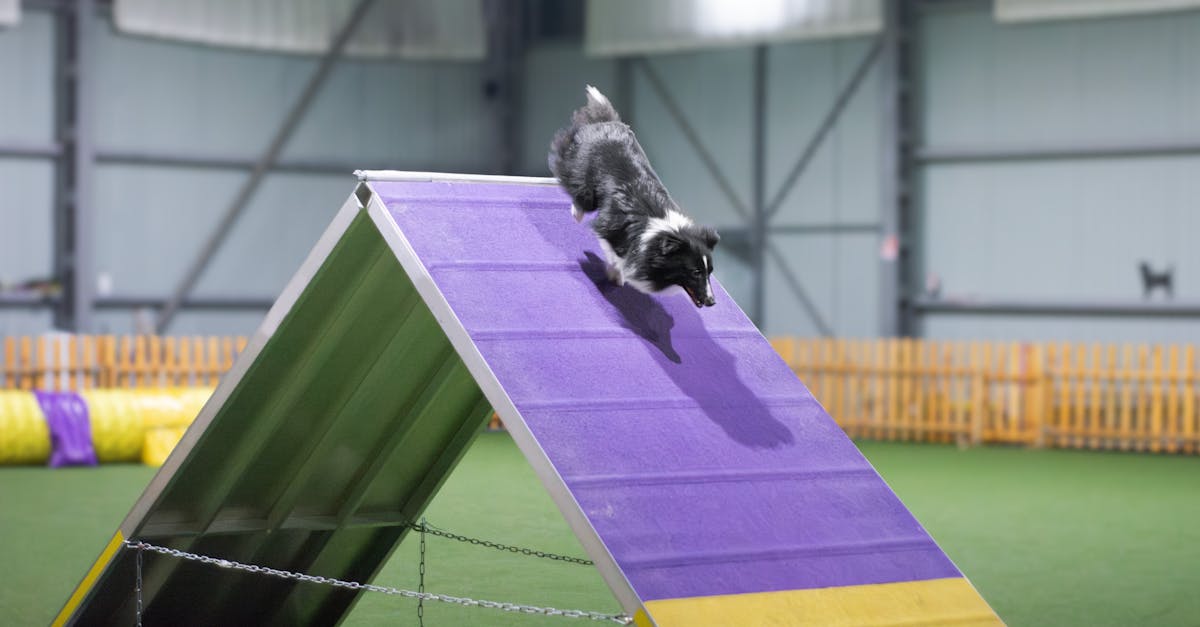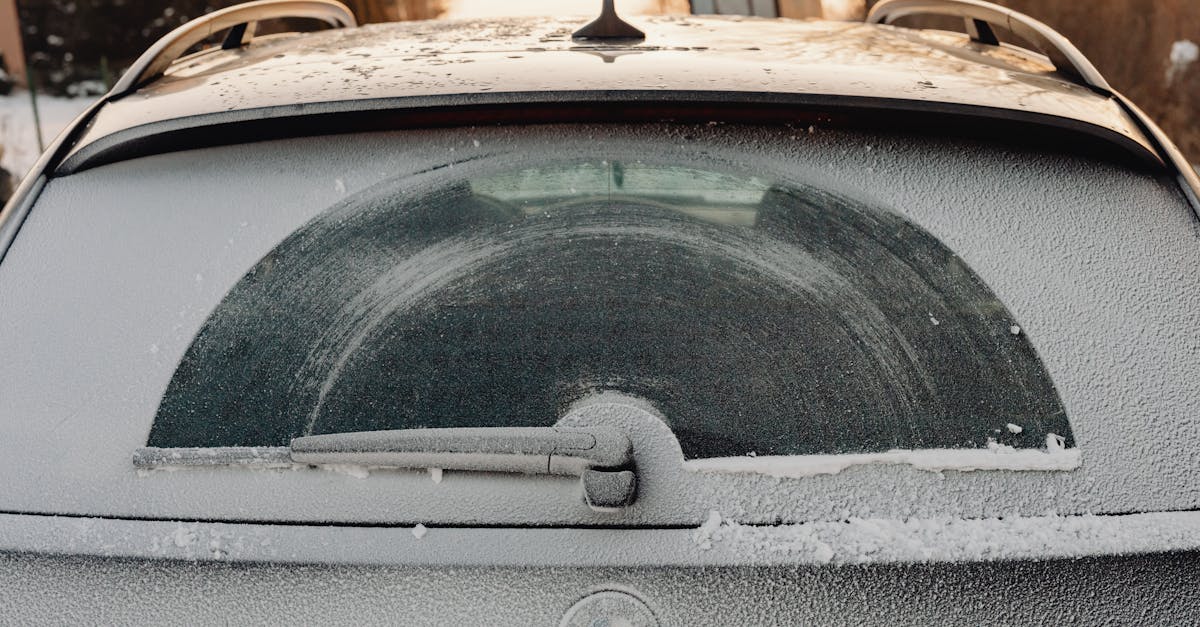
Best Dog Agility Equipment For Beginners
- October 03, 2024
- 4 min Read
- Views 989
Best Dog Agility Equipment for Beginners
Embarking on the exciting journey of dog agility training can be incredibly rewarding for both you and your furry friend. Whether you're looking to compete or simply enjoy a new activity together, picking the right equipment is crucial. In this guide, we'll explore the best dog agility equipment for beginners, highlighting essential gear that helps build confidence and agility in dogs of all sizes.
Understanding Dog Agility and Its Benefits
Dog agility is a sport that involves navigating a variety of obstacles such as tunnels, weave poles, jumps, and more. It not only enhances a dog's physical fitness but also boosts mental sharpness and strengthens the bond between the dog and its handler. For beginners, choosing the right equipment is fundamental to creating a safe and effective training environment.
Key Pieces of Agility Equipment
When considering the best dog agility equipment for beginners, start with basic pieces that provide a foundation for skills development:
- Adjustable Hurdles: These are essential for teaching dogs how to jump. Look for hurdles that can be easily adjusted to different heights to suit your dog's size and ability.
- Tunnels: Lightweight and collapsible tunnels are perfect for beginners. They encourage dogs to explore and build confidence. Tunnels should be sturdy yet easy to set up and store.
- Weave Poles: Essential for improving coordination and agility, weave poles require patience and practice. Beginner sets often include detachable poles and simple setup instructions.
- Pause Table: This piece of equipment teaches control and obedience. Ensure the table is stable and non-slip, and that it can be adjusted to suit different training levels.
- Teeter Totter or See-Saw: For balance training, a stable see-saw that can handle your dog's weight is beneficial. Start slow and build your dog's comfort level over time.
Selecting the Right Equipment for Your Dog
Selecting the best dog agility equipment for beginners involves considering your dog's size, age, and experience. Here are some tips to ensure you choose the right gear:
- Safety first: Before purchasing, assess the equipment for any sharp edges or unstable parts. Safety is paramount, especially for young or timid dogs.
- Space and Setup: Ensure you have sufficient space to set up the equipment in your backyard or a designated area. Portable and collapsible equipment can be an advantage for limited spaces.
- Durability: Opt for quality materials that can withstand various weather conditions if the equipment will be used outdoors.
- Gradual Training: Choose equipment that allows for progressive training. Adjustable features are beneficial as they let you modify the exercise complexity.
A Step-by-Step Guide to Setting Up Your Agility Course
- Define the Space: Determine the layout of your training area. Ensure it's free from obstructions and hazards.
- Start with Ground Equipment: Place tunnels and weave poles first to acclimate your dog to obstacles with minimal risk.
- Introduce Jumps Gradually: Set the hurdles at a low height initially. Encourage your dog with treats and praise.
- Focus on Control with the Pause Table: Teach your dog to stay momentarily on the table before continuing.
- Laddering Up Complexity: Slowly introduce the teeter totter and other more complex obstacles as your dog's confidence builds.
- Ensure Consistent Reinforcement: Reward your dog consistently for completing obstacles correctly to reinforce positive behaviors.
Frequently Asked Questions
- What age can my dog start agility training? While basic training can begin with puppies, most agility training is recommended for dogs over 1 year old to prevent any stress on growing bones.
- How often should agility training be conducted? It depends on your dog's interest and energy level, but a few times a week is ideal to keep the skills sharp without overexertion.
- Can all dogs participate in agility? Almost all dogs can benefit from agility training, with modifications made depending on the dog's size and health. Always consult with a vet if you have concerns.
Tags: #DogAgility #AgilityTraining #BeginnerDogTraining #PetCare
References:
People Also View
-
1October 14, 2024
-
2October 01, 2024
-
3October 09, 2024
-
4October 01, 2024
-
5September 30, 2024
Categories
- Near Me 2147 Posts
- How To 548 Posts
- Where To 257 Posts
- Why 90 Posts
- How Much 97 Posts
- Travel 202 Posts
- Food And Drink 815 Posts
- Shopping 797 Posts
- Lifestyle 1050 Posts
- Automotive 364 Posts
- Digital Income 70 Posts








